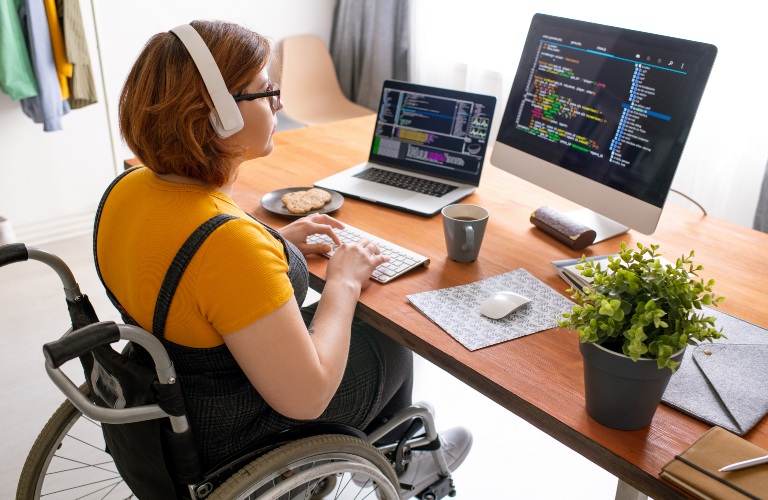
Anyone who has ever sought out Social Security Disability Insurance benefits or SSDI has held out hope that there was an easier way. It can be a long and arduous process, but does it get easier to be approved for SSDI the older you get? Tabak Law did some digging and found some answers for you.
Approval Rates for SSDI by Age

There is a correlation between your age and your chances of being approved for SSDI benefits. Here is a quick breakdown:
- Ages 40-49: Approval Rate-42%
- Ages 50-54: Approval Rate-49%
- Ages 55-59: Approval Rate-57%
- Ages 60-65: Approval Rate-62%
Looking at the list above, it’s easy to see that the older you are, the higher your approval chance. Note that our list stops at the age of 65. This is because once you qualify for full retirement benefits, you no longer qualify for SSDI.
Also, many will choose to seek early retirement instead of getting the SSDI benefits that they might qualify for. In truth, it’s worth pursuing both. If you receive SSDI benefits, you are bumped up to full retirement benefits.
Read More: What Not to Say When Applying for SSDI?
Why Does SSDI Approval Go Up With Age?
There are likely multiple factors at play here, but the biggest is that the Social Security Administration or SSA does this on purpose. People often apply for disability because they can no longer do their job, but they may be able to train for and perform a different job without difficulty so the SSA doesn’t want to approve in situations like that unless the age of the applicant would make such vocational training impractical or even infeasible. Generally, at the age of 55, the requirements for disability are simply lower because of this.
Another factor, and the reason why we still see an increase in each listed age group and not just a big jump at 55, is simply that with old age often comes more symptoms and conditions. Additional symptoms or symptoms that are more debilitating lead to higher approval rates as well.
Should You Ever Wait to Apply for SSDI Benefits?
The short answer here is no unless you are still able to work. You should almost never wait to apply for benefits. The only times when maybe you should wait is when you are waiting on a diagnosis or other medical evidence of your disability as it will make your application process easier. Waiting a week or two to have a better case is fine. Waiting years because you think being older will improve your chances of being approved for SSDI benefits is just potentially leaving money on the table.
Read More: Do You Have to Have a Permanent Disability to Get SSDI?
When is the Best Time to Apply for SSDI?
As soon as you feel that your disability is making it impossible for you to work, whether you have had to quit because of it or if you lost your job, this is when you need to apply for SSDI benefits.
SSDI is designed for people who are no longer able to work. If you can still work and are doing so, then you are unlikely to qualify under most circumstances. This doesn’t always mean you should just keep working and try to ignore your suffering. Take inventory of yourself and decide if you should still be working alongside the symptoms you are dealing with. If the answer is no, then consider leaving your job and pursuing SSDI, but also know that the road to SSDI approval is going to be a long one for most.
Differences in SSDI For Blind People
Find Legal Help Getting the SSDI Benefits You Need
Are you trying to get the SSDI benefits that you deserve? If you have been denied benefits, then you should reach out to Tabak Law for a free case review. When you work with Tabak for the Payback, you do not have to worry about payment. We don’t get paid unless you win and we only get paid out of your backpay meaning that our services will pose no risk or adjustment to your ongoing payments.
Nothing posted on this website is intended, nor should be construed, as legal advice. Blog postings and site content are available for general education purposes only.
